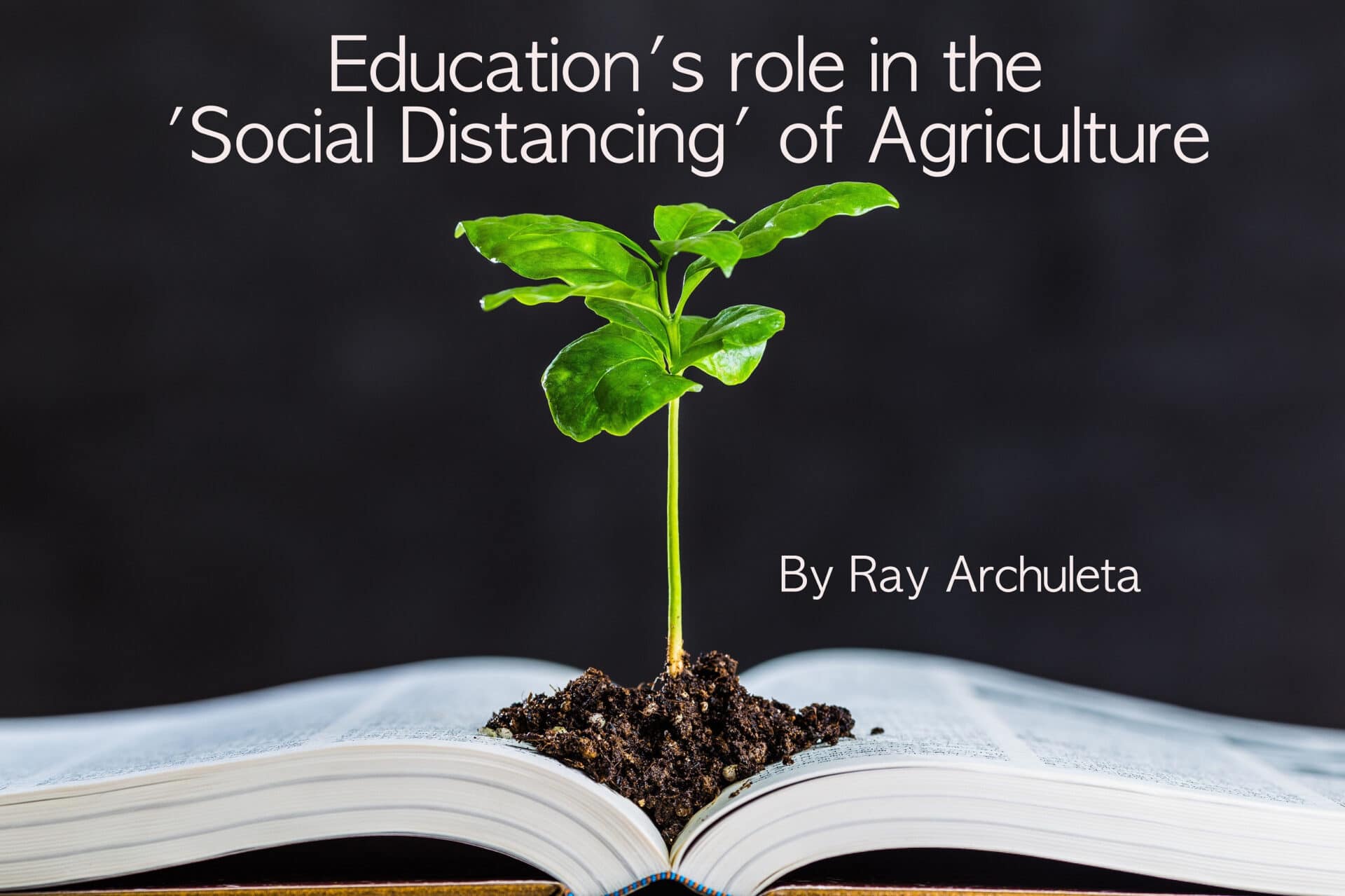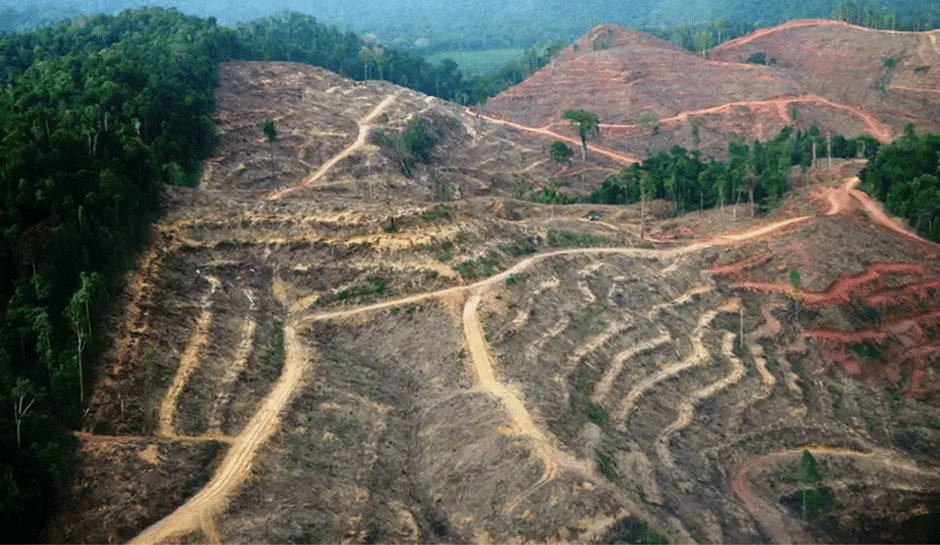Ray Archuleta, Soil Health Academy Instructor
Recently, I went to a local sandwich shop, hoping for a sit-down lunch. But instead I walked into a nearly empty restaurant. This empty area made me feel uneasy, like I had walked into a futuristic sci-fi movie displaying the de-population of humans by some strange pestilence. A sense of awkward consciousness enveloped all of us while we were waiting for our takeout lunch. It felt like we were the last surviving humans on the planet and our survival depended on this one outcome: that we stay six feet away from each other.

This virus has created epidemic “fear” throughout the world. Some have speculated that this virus started in China’s food markets but most likely, we will never find out for sure because of China’s closed, secretive, and authoritarian government.
Distancing is not a new concept
There are other forms of “distancing” more widespread, more harmful, and longer lasting to our society than COVID-19. The “distancing” I want to talk about is the “social distancing” of humans from agriculture—a distancing that detaches man from nature; creating an agriculture system that does not imitate nature’s design and beauty. This type of separation occurred in ancient civilizations and still continues today, resulting in soil erosion, desertification, water pollution, diminished water cycle, and human sickness—a destructive cycle still happens today.
What caused this separation? It seems to come down to the Biblical admonition that “We have eyes but we do not see, we have ears but we do not hear.” The bottom line is we resemble what we revere, either for ruin or restoration. We have become “distanced” from nearly all relationships. This seems to be a common thread throughout human history: Excessive admiration and arrogant application and use of our scientific technology without rigorous, critical regard questions of compatibility with natural systems.

Reductionism in Agriculture
My agricultural university education gave me a fragmented and reduced view of the biological world. In a reductionist paradigm, I searched for one right answer. In a holistic paradigm, you try to understand phenomenon by gaining as many perspectives on it as possible and then synthesizing those perspectives into a more complete understanding.
For example, working as agronomist for many years, if a farmer had a pest problem or disease outbreak, I was quick to reduce the problem to one right answer and then quickly prescribe a thoughtless chemical application, or a destructive physical manipulation (tillage), or introduce a genetically modified organism, hoping to solve the problem. But rather than solving the problem, it created other unintended consequences. I did not look at the whole. I focused on one piece of the whole. As a result, the problem was not solved, but the symptoms were masked with fertilizer and pesticides and more and finically bleeding from the landowner.
A New Approach in Education Is Needed
One of the most impactful and powerful frameworks for viewing the world is through an approach known as “reductionism.” Reductionism is the practice of analyzing and describing a complex phenomenon in terms of elementary or individualistic parts that exist on a simpler or fundamental level.
Unfortunately, reductionism permeates our western cultural and our educational system. This type of thinking creates a faulty framework on how we see the real world. It reduces the real world into individualistic parts. This creates a “distancing” from natural and social communities, which work as a collective whole of individual parts. Reductionism can lead to unbalanced views of individualism.
Instead, we need agriculture schools to teach “biomimicry.” Biomimicry is the imitation of the living. According to The Biomimicry Institution, “Biomimicry is an approach to innovation that seeks sustainable solutions to human challenges by emulating nature’s time-tested patterns and strategies. The goal is to create products, processes, and policies—new ways of living—that are well-adapted to life on earth over the long haul.”
The central idea is that creation or nature has already fixed many problems society is facing. The Biomimicry Institution’s students do not work in silos. Engineers, computer scientists, biologists and other disciplines holistically work together—not separately. Our current schools have students and researchers working in silos using reductionist science. The results of our reductionist schools are excessive admiration and the arrogant application of our scientific technology without the rigorous, critical examination of questions regarding their compatibility with natural systems, which is the highest form social distancing—humans from nature.
Teaching a Better Way
Understanding Ag and the Soil Health Academy teach a holistic, ecological (relationship) based agriculture that emulates nature. We understand that humans cannot raise healthy animals or grow good food without understanding contextual relationships. Relationships that heal the economic, ecological, societal and the spiritual health of all people. This is why Understanding Ag and Soil Health Academy added a sixth soil health principle for healing your soil: “Understand your context.”
In my next blog, I’ll outline specific ways we can personally remove social distancing from our relationship with our food and how it is grown.
